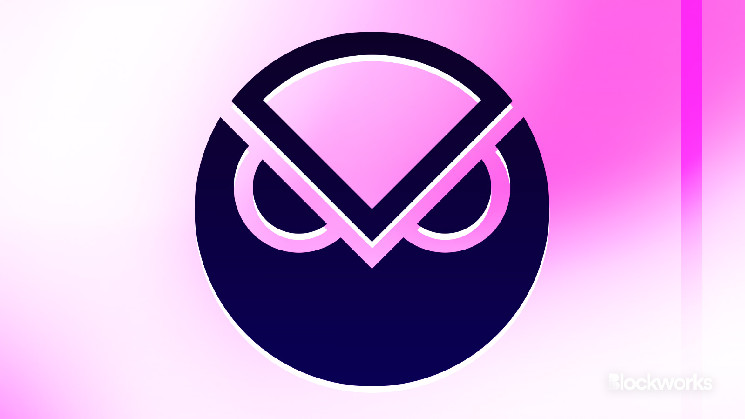
Gnosis Venture Studios, a branch of Gnosis known for developing on-chain finance solutions like Safe and Gnosis Pay, has unveiled uRamp. URamp is a new platform that facilitates transactions between on-chain assets and traditional fiat currencies.
Low-cost on- and off-ramps have remained a barrier to adoption for Web3 dapps, as most users are funneled through crypto exchanges or dedicated applications with relatively high onboarding fees like MoonPay, which charges 1% for bank transfers and 4.5% for Visa cards.
URamp is Gnosis’ attempt to simplify the user experience of going between fiat currency and crypto, via its partnership with licensed stablecoin issuer Monerium, which, separately to uRamp, currently does not charge fees.
Read from our opinion section: Blockchain really is better than middlemen
Operating on Gnosis Chain, uRamp is compatible with any EVM (Ethereum Virtual Machine) chain and allows the conversion of ERC20 tokens directly to and from users’ offchain bank accounts.
Gnosis Chain is also fully Ethereum compatible, and is part of Gnosis’ “wider mission of building a future where global payments are settled via community-owned, secure and open infrastructure,” according to Stefan George, co-founder of Gnosis.
“It’s another step aimed at rewiring and resetting the plumbing of our existing Web3 payments space in a more cost-effective and efficient manner,” he said.
The uRamp product is complementary to Gnosis Pay, which allows users to spend stablecoins directly from a linked Safe on Gnosis Chain using a Visa debit card. Several other efforts to provide similar services are in the works by established players like Consensys and Mastercard, and newcomers like Cross Finance and Beam.
Read more: The convenience of Venmo and Cash App on-chain? Beam’s working on it
“Most of my time I’m now spending with financial institutions — and the future financial institutions which [are] Web3 projects, showing to them that they can actually become the next generation bank,” Gnosis Pay CEO Marcos Nunes told Blockworks.
Both Pay and uRamp initially focus on the euro stablecoin EURe, issued by Monerium, which Gísli Kristjánsson, chief technology officer of Monerium, said is targeting the “underserved EUR market.”
“Seamless conversion between traditional and digital assets is key to accelerating crypto adoption,” Kristjánsson said.
BootNode, Gnosis’ engineering partner, was responsible for getting from the proof-of-concept stage to the final product.
Read more: Gnosis Visa debit card debuts in Europe, letting users buy with euro stablecoin
The uRamp platform avoids the trading fees charged by centralized exchanges and more expensive intermediaries, while providing Web3 users an IBAN — the International Bank Account Number used widely outside of the US.
LI.FI’s liquidity aggregation technology lets uRamp users access liquidity for trades across various blockchains, including Gnosis, Polygon and Ethereum.
Nunes analogizes Gnosis’ offerings to the early days of Skype and voice-over-IP.
“They were able to provide services on top of the telcos which could not change their back-end infrastructure,” Nunes said, adding, “gently, users will force the banks to optimize the back-end and [this] will accelerate the growth of the Web3 providers.”
